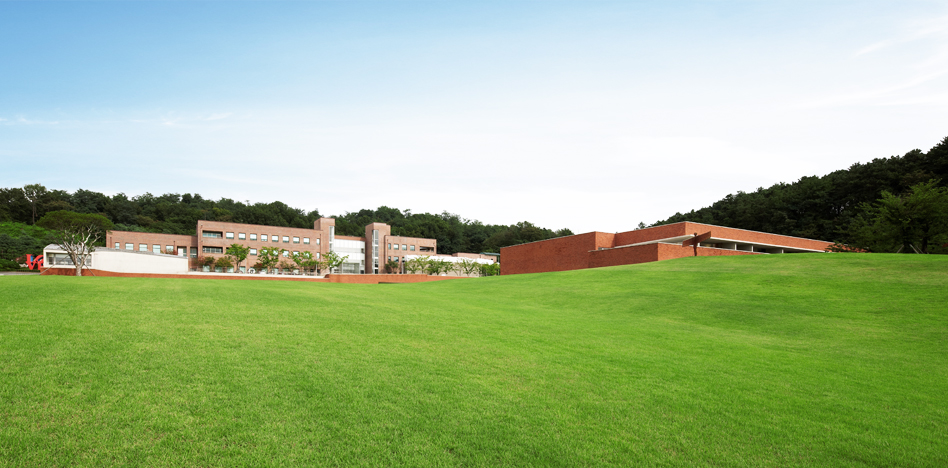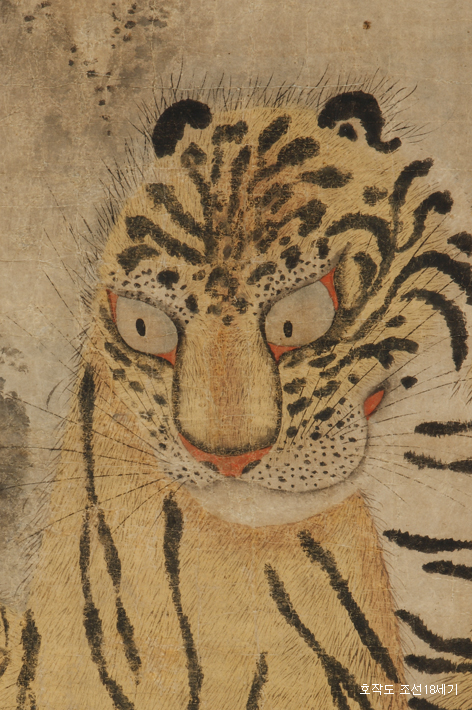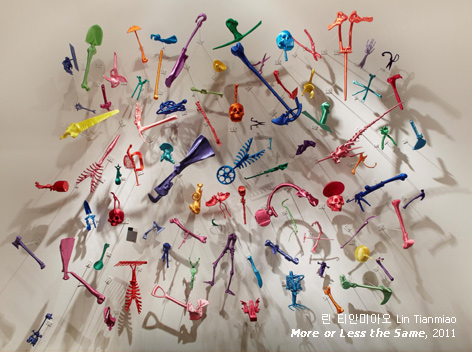MUSEUM
About apma

Amorepacific Museum of Art was founded to house a large number of artworks amassed by the late Suh Sung Whan, the founder of the AMOREPACIFIC Corporation. Started under the name of Pacific Museum in 1979, the Museum changed its name to Amorepacific Museum of Art (APMA) to transform itself into an art museum that deals with both traditional and contemporary art and to devote its energy and resources to organizing exhibitions, to providing a space for the study of art and to making art-related publications.
The Museum is planning to move to its new building in Shinyongsan, Seoul whose construction will be completed in 2017. The new building will be designed to fulfill the Museum’s objective to be an arena where diverse exhibition programs can be accommodated: exhibitions of traditional artworks; those in new forms in which traditional and contemporary arts are presented in the successfully harmonious contexts; those which feature contemporary artworks by both Korean and foreign artists. There will be other facilities in which the Museum can carry out its other important missions: small and mid-sized spaces and a large scale auditorium for a variety of educational programs; an art archive for the study of art and related subjects.
The Museum is designed by internationally acclaimed architect David Chipperfield. Enriched by his keen understanding of the tradition and history of the concerning regions, Chipperfield’s outstanding architectural outcomes embody his characteristic design philosophy focused on the following elements: simplicity and clearness; the assimilation with nature; the use of up-to-date technology and materials. Among such architectures he gave to the world are included many leading and major art museums in Europe. In the new building of APMA, which is one of the most exceptional artistic achievements of Chipperfield, one will be greeted by new forms of exhibitions where Korean art and world art come together.
APMA sets sights on being a ‘plaza’ where artists and the public communicate with each another through art as a common human language and Korean culture and world one encounter each other. A plaza serves as a windpipe through which a city breathes, as a cultural forest and as an empty open space. Having been working on its new opening in 2017, APMA has already embarked on a journey to its dream that is promised to be realized in near future.
Collection
Traditional Art
The Museum has a well-balanced traditional Korean art collection consisting of a wide range of artworks that represent the history and art of Korea and its people’s life from the prehistoric period to the modern one. Its sub-collection of works produced from the prehistoric era to the Three Kingdom one (57 BC-668 AD) of Korea is comprised of a variety of earthenwares categorized in terms of chronological periods. The most representatives in this sub-collection are the artifacts of the Three Kingdom period: cups and bowls in various shapes; figurative earthenwares in the forms of ducks or houses. The Goryeo Dynasty (918-1392) Collection concentrates on celadon with diverse decorations and in different shapes made throughout the dynasty. Such celadon works in this collection are important sources through which the celadon culture of Korea can be documented and studied. The collection is also distinguished by the abundant number of its artifacts that represent the tea culture of the Goryeo dynasty including tea bowls, cups and teakettles. Moreover, the collection includes works that demonstrate the essential traits of the Buddhist art of the time: Avalokiteshvara (Treasure No. 1426) and Illuminated Lotus Sutra (Treasure No. 1559).Contemporary Art
The Museum’s Contemporary Art Collection consists of works of art by both Korean and world-renowned artists that epitomize the transitional passage from modern art to contemporary art. Among the remarkable artifacts in this collection produced during the modern period of Korea are works by Ki-chang Kim and Kyung-ja Chun in the 1950s and 1960s, those by Woo-sung Chang and Saeng-kwang Park in the 1970s and 1980s and media works by Nam June Paik in the 1990s.
In the 2000s, the Museum’s acquisition of artworks has extended its spectrum and depth by including those major works that are significant in the international contexts of art history: works by such American artists as Bill Viola and Leo Villareal; those by British artists including Antony Gormley and Michael Craig-Martin; those by French artists such as François Morellet and Xavier Veilhan; those by artists from other regions of Europe such as Gregor Hildebrandt, Ugo Rondinone and Joana Vasconcelos. Another important part of the collection is comprised of works by such artists from Latin America as Gabriel Orozco and Rafael Lozano-Hemmer. Also, the collection is essentially complemented by works by Chinese artists including Feng Zhengjie, Zeng Fanzhi and Zhang Huan and those by East Asian artists such as Raqib Shaw and Leslie de Chavez. Together with works by contemporary Korean artists such as Lee Bul, Haegue Yang and U-ram Choe the Museum’s Contemporary Art Collection will continue to devote itself to the discovery of promising artists who will command the course of the international art scene through the creative and inventive transmission of ‘beauty’ across the boundaries between different regions and between different disciplines.
Guide
General Information
Hours : 9:00 a.m. to 5:30 p.m. Monday through Friday.The Museum is closed on weekends and national holidays.
The Museum is subject to temporary closure.
Please check News before your visit.
Exhibition Admission : Free
Parking Fee : Free
Tour Guides & Group Visits
Upon your request, Museum-trained docents will help you explore the exhibitions.Tours are available during the opening hours.
Reserve group admission in advance for a more detailed guide.
Contact Us
Tel. : 031-285-7215Fax : 031-285-6218
E-mail : museum@amorepacific.com
Address : 314-1, Bora-dong, Giheung-gu, Yongin-si, Gyeonggi-do, 446-729, Korea










